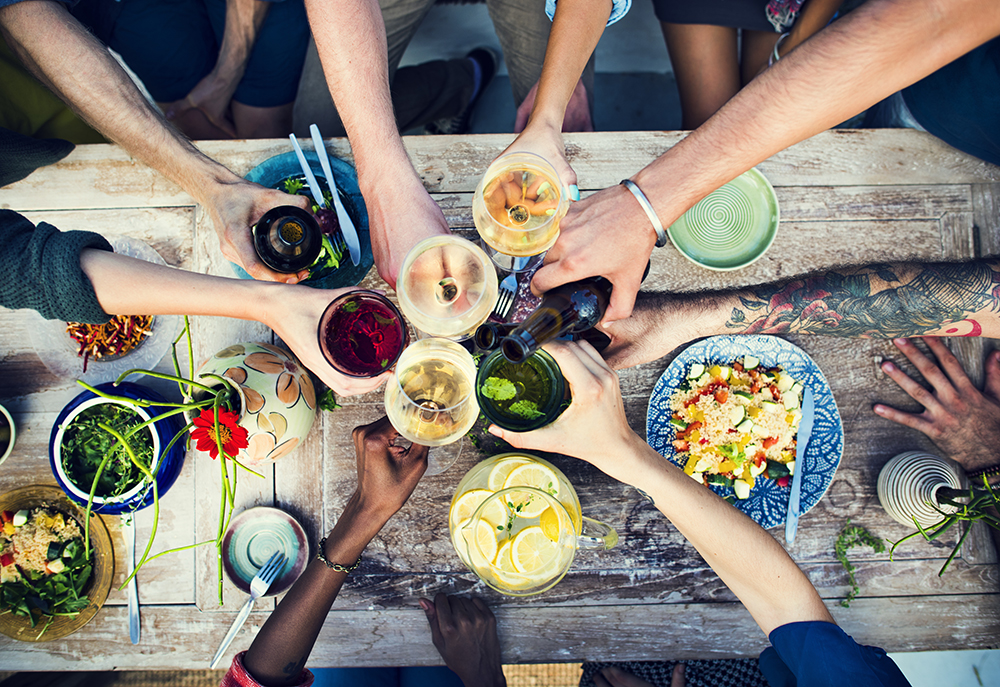

Improved NMR Wine Screening Heralds New Era of Wine Quality Control
At the recent Intervitis Interfructa trade fair in Stuttgart, Germany, Bruker introduced the newest capabilities of its WineScreenerTM, now offering a major increase in result parameters in both quantification and statistical analysis.
Thanks to its unique capabilities and improved revolutionary performance the WineScreener 2.0 was awarded a 2013 Intervitis Interfructa Prize for Innovation.
Now, using German Riesling wine as an example, from just a single sample measurement an impressive 116 parameters are automatically generated. This breadth of results is either not available using conventional analysis or would require multiple conventional methods to be run.
Having to use multiple methods would also require numerous, diverse sample preparation procedures, thereby increasing the cost of the analyses substantially.
The WineScreener uniquely delivers results at lowest cost per sample and per parameter. Thanks to the current and ever increasing importance of quality and authenticity for the consumer, the NMR method comes just in time.
Standard operating procedures for wine analysis, including sample preparation, have been defined and fully optimized for the 400 MHz push-button system. The system can also perform juice screening in a correspondingly efficient, low cost routine.
Due to NMR’s high level of reproducibility, statistical analysis becomes an extremely powerful tool, enabling detection of the smallest changes across multiple parameters at a time. This directly facilitates, for example, the determination of geographical origin of wines – first on a country wide basis, but also for sub-areas within a country.
German Riesling is differentiated from Austrian Riesling, for example, with the German origin being further subdivided into the major Riesling growing areas, such as Rheinhessen, Baden and Württemberg.
The full potential is illustrated in Figure 1, where the result for a German Riesling is shown, presented in graphical form and with probability values included.
Besides geographical origin, grape variety is an important parameter. Wine producers require this vital factor for defining the price of the wine. Worldwide grape variety models have been developed for Riesling, Sauvignon Blanc and Chardonnay in white wine and in red, Merlot, Shiraz, Cabernet Sauvignon and Tempranillo.
For wines from Germany and Austria further varieties are included in the analysis, as is the differentiation of vintage for these wines. The verification element of the WineScreener result includes the ability to detect all types of NMR-visible deviations, be they known or unknown, and therefore contribute not only to product quality, but also to product safety.
Quantification of compounds in the wine automatically generates a report containing 50 values. For each value the distribution of concentrations in the corresponding authentic model is given. This enables conclusions to be drawn from additional quantitative parameters that are not defined, for example, in the OIV (Organisation International Du Vin), providing further criteria for assessing wine quality.
Figure 2 shows an extract from the quantification element of the wine report. In addition to the absolute concentration values for each compound, LOQ’s are also provided. In the distribution curves on the right side, the black bar indicates the actual sample on top of the NMR-derived concentration profile.
It is clear that extensive validation of the quantification and statistical classification routines are a prerequisite of precise results. In quantification it can be shown that NMR correlates precisely with conventional methods for those parameters normally available through conventional analysis. Successful ring tests have been performed with groups already working with the Bruker food screening devices.
The WineScreener has been successfully developed in partnership with WineSpin Analytics, with the support of government control agencies in Karlsruhe (CVUA) and Würzburg (LGL), as well as the IFZ in Klosterneuburg (Austria).
The latest solution release represents a key milestone on the path towards a system of global wine quality control.

